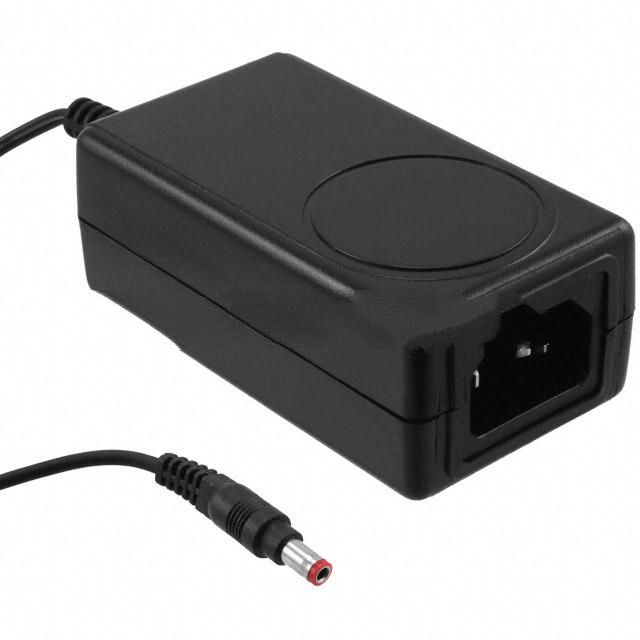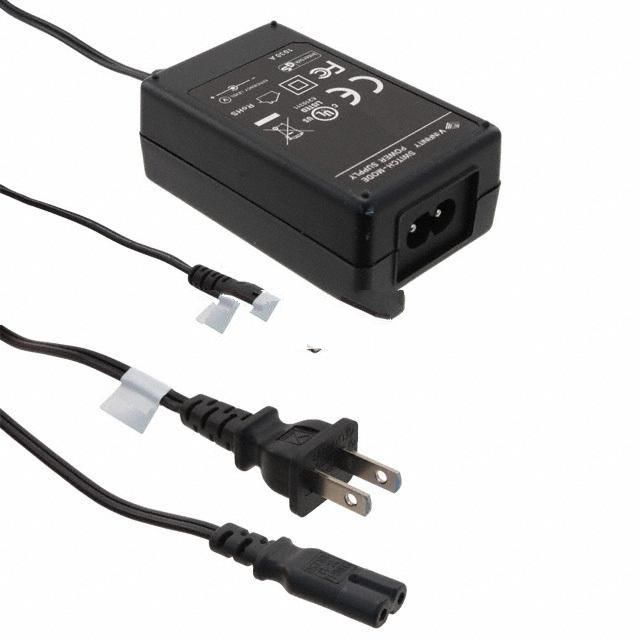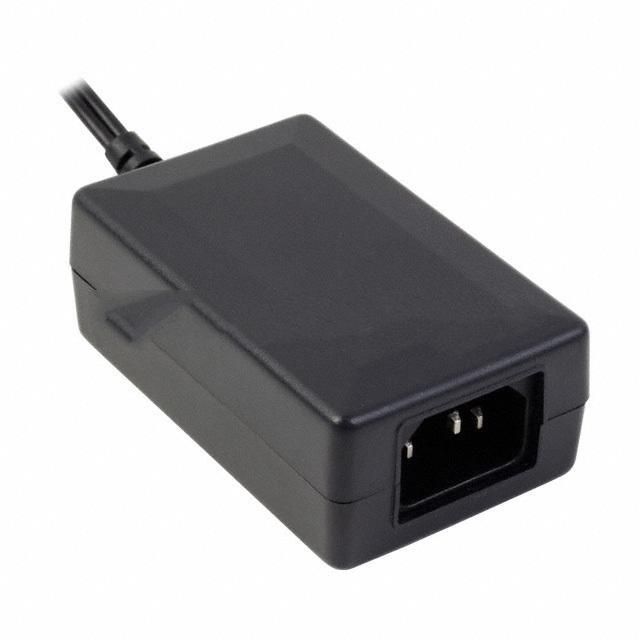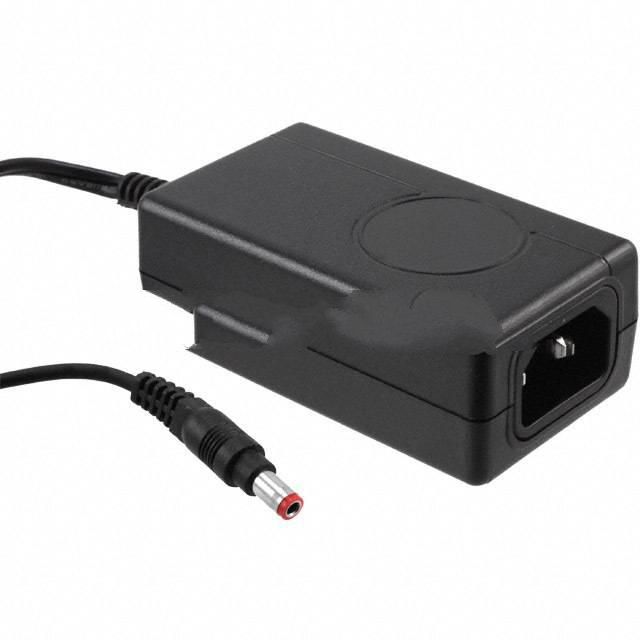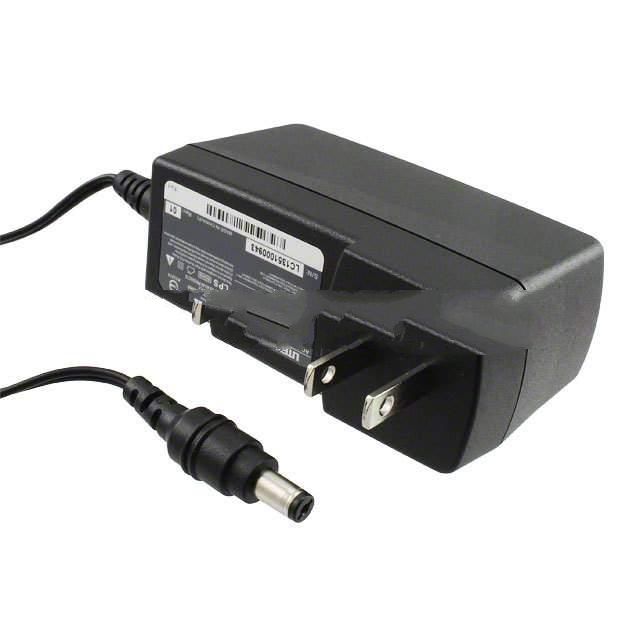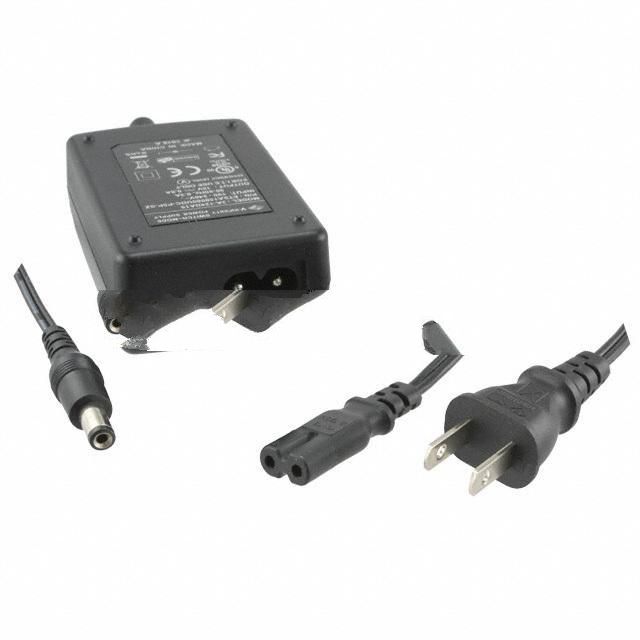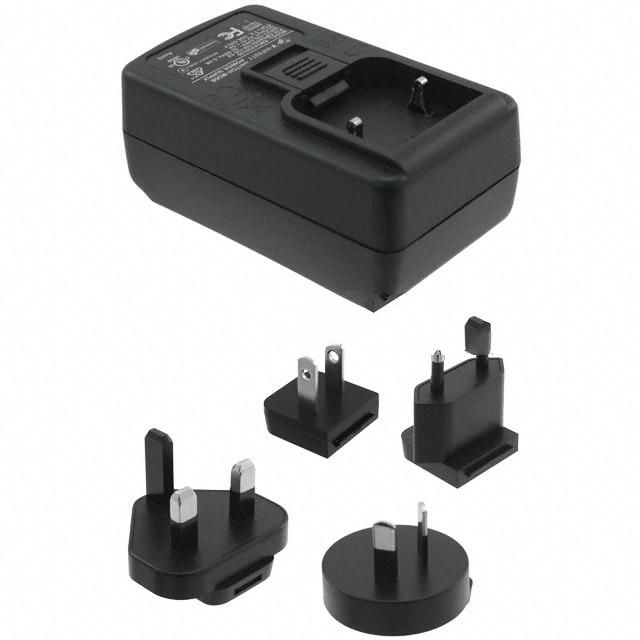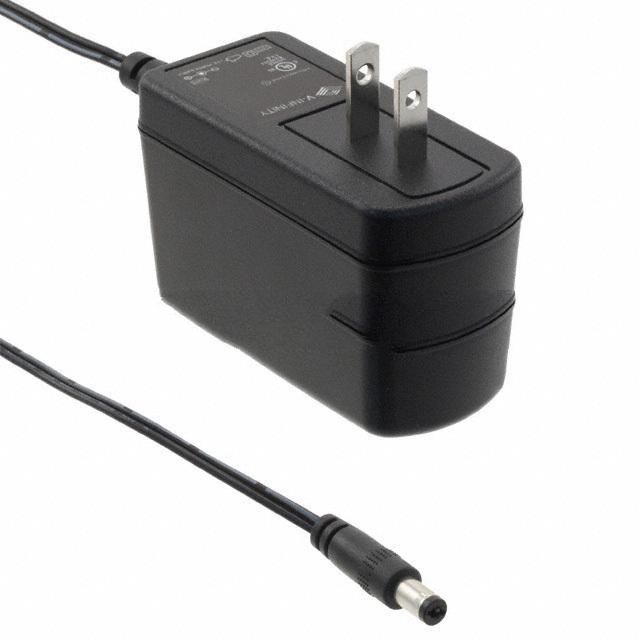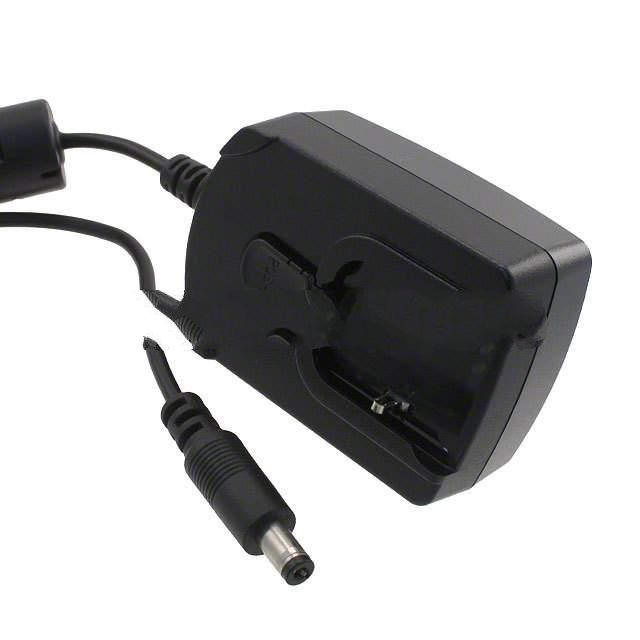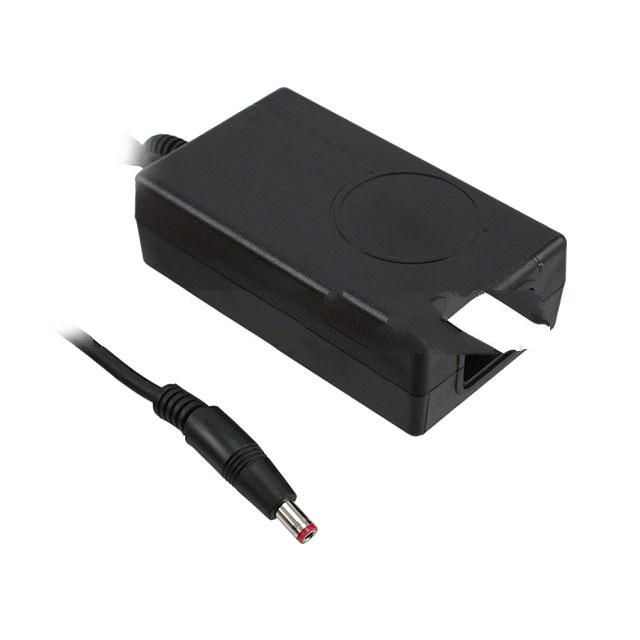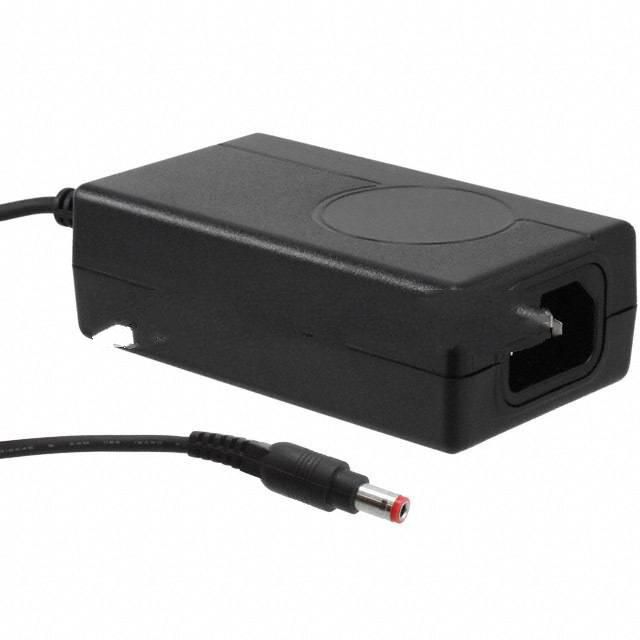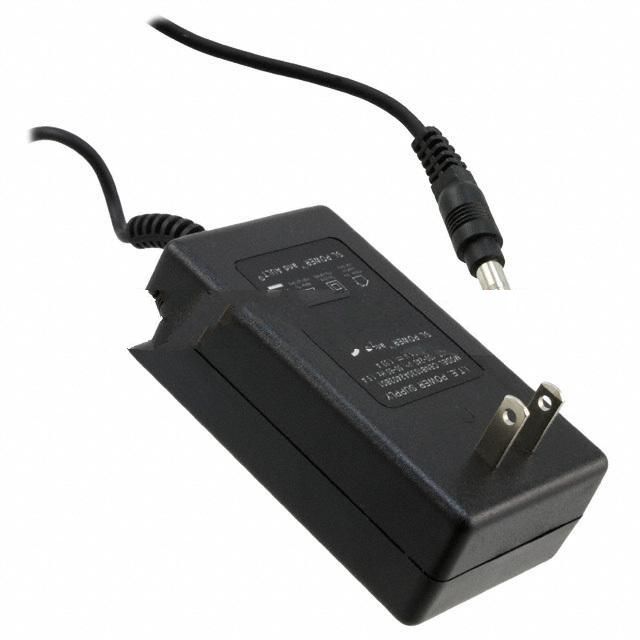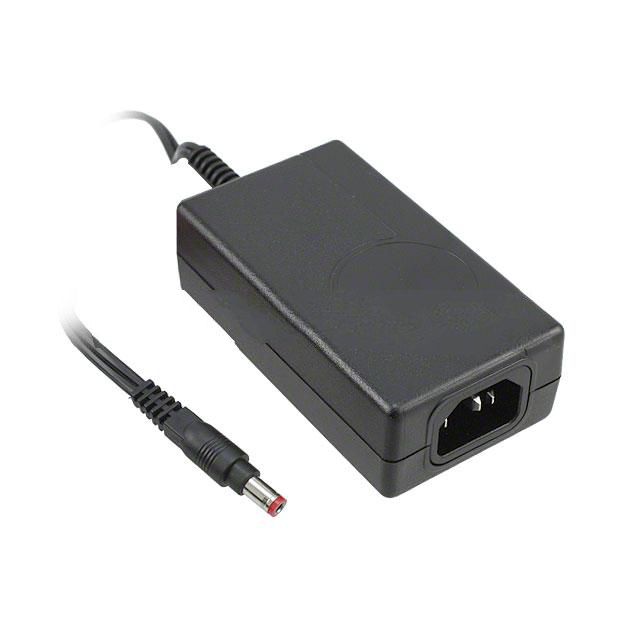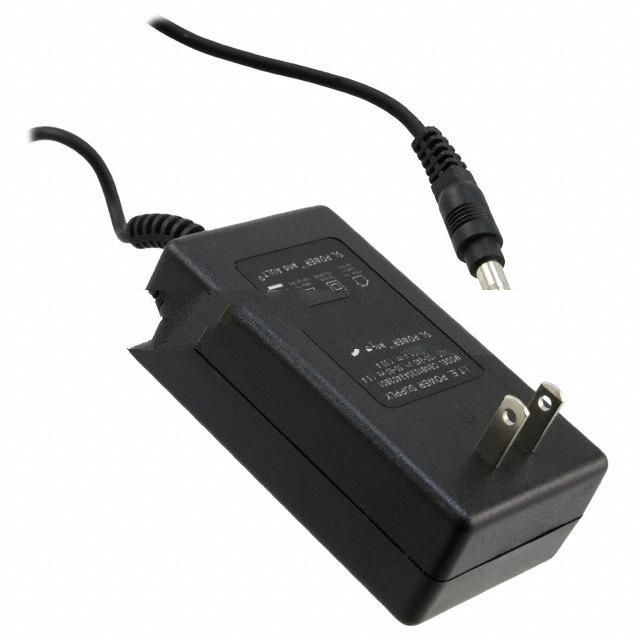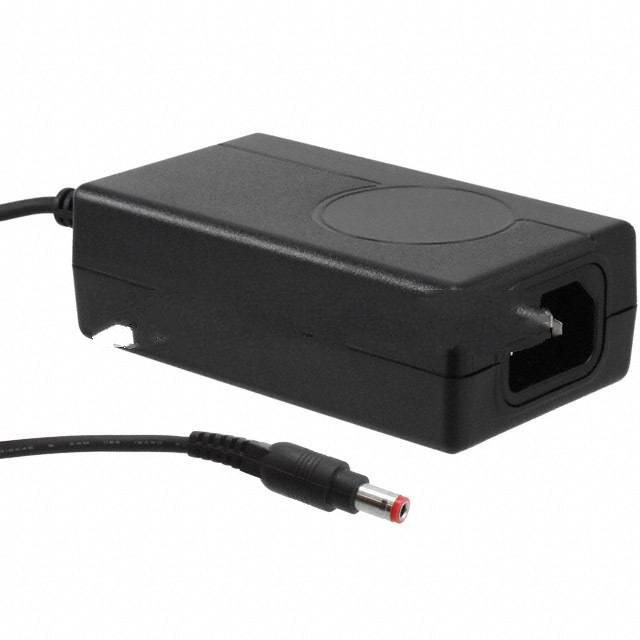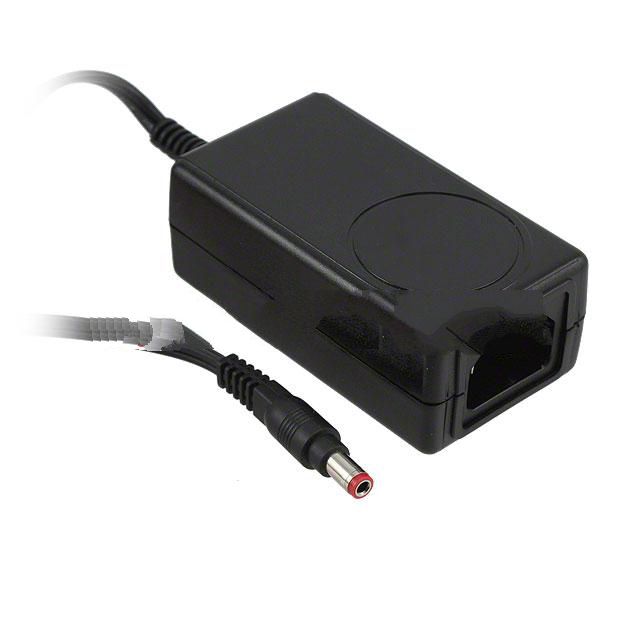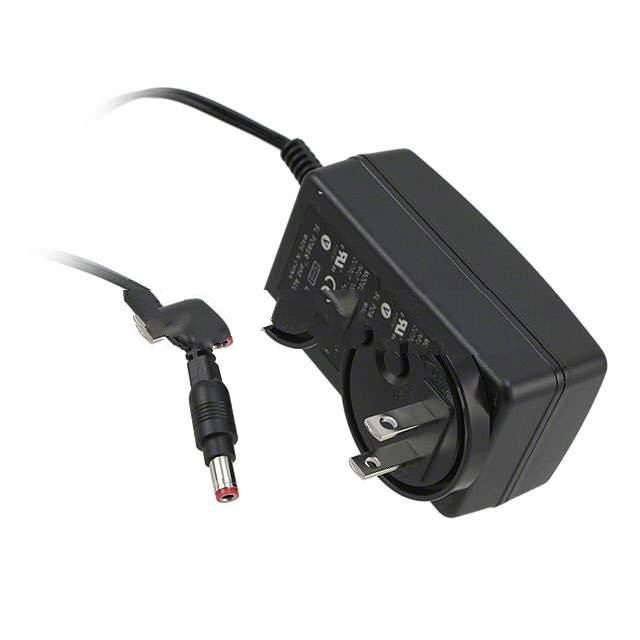CENB1010A2403F01 Product Introduction:
SL Power Electronics Manufacture of Condor/Ault Brands Part Number CENB1010A2403F01(AC DC Desktop, Wall Adapters), developed and manufactured by SL Power Electronics Manufacture of Condor/Ault Brands, distributed globally by Jinftry. We distribute various electronic components from world-renowned brands and provide one-stop services, making us a trusted global electronic component distributor.
CENB1010A2403F01 is one of the part numbers distributed by Jinftry, and you can learn about its specifications/configurations, package/case, Datasheet, and other information here. Electronic components are affected by supply and demand, and prices fluctuate frequently. If you have a demand, please do not hesitate to send us an RFQ or email us immediately sales@jinftry.com Please inquire about the real-time unit price, Data Code, Lead time, payment terms, and any other information you would like to know. We will do our best to provide you with a quotation and reply as soon as possible.
AC DC Desktop, Wall Adapters are two common power conversion devices that convert alternating current (AC) to direct current (DC). The AC/DC desktop adapter is designed specifically for desktop or workstation environments. It usually consists of key components such as power transformers, rectification circuits, filtering circuits, and voltage stabilization circuits. The AC/DC wall adapter is a compact and lightweight power conversion device designed to be directly plugged into a wall socket, converting AC power to DC power to supply portable electronic devices. Its components and working principle are similar to desktop adapters, but it focuses more on reducing volume and improving efficiency.
Application
AC DC Desktop, Wall Adapters are widely used in multiple fields. AC/DC desktop adapters are commonly used in computers and peripheral devices, industrial controls, medical equipment, and communication devices, mainly to provide stable DC power for desktop or fixed electronic devices. Due to its sturdy design and stable power output, it is particularly suitable for devices that require high power or long-term continuous operation. Due to its compact and portable nature, AC/DC wall adapters are often used in small or portable devices such as consumer electronics, smart furniture, gaming and entertainment equipment. Users only need to plug them into a power outlet to provide the required DC power for the device.
FAQ about AC DC Desktop, Wall Adapters
-
1. What is an AC DC wall adapter?
AC: Alternating Current, refers to the current that changes direction periodically, consisting of forward and reverse charge flows. In household electricity, AC is widely used, such as the power supply on the socket.
DC: Direct Current, refers to the current that flows in only one direction, and the direction of the charge flow remains unchanged. Direct current is usually used in batteries, electronic devices, and some specific applications.
A power adapter is a device that converts one form of current to another. An AC/DC power adapter can convert AC to DC, allowing us to use DC to power electronic devices, such as laptops, mobile phone chargers, etc. Therefore, AC/DC in the power adapter means that the adapter is able to convert alternating current (AC) to direct current (DC).
-
2. What is the AC adapter used in desktop systems?
The AC adapter used in desktop systems is a power conversion device that converts AC power (AC) to DC power (DC). It converts AC power into stable DC power through an internal conversion circuit to meet the power supply needs of the desktop.
The basic working principle of the AC adapter includes the following steps: First, the input high-voltage AC power is converted into a suitable low-voltage AC power through a transformer; then, the AC signal is converted into a unidirectional DC signal through a rectifier circuit; then, the filter circuit eliminates the fluctuations and noise on the DC signal to provide a stable DC power supply; finally, the voltage stabilization circuit adjusts the stability of the output voltage through feedback control technology to ensure the stability of the output voltage.
AC adapters are widely used in various electronic devices, including but not limited to information technology equipment such as network routers, switches, and servers, as well as medical equipment such as electrocardiographs and blood pressure monitors. In homes and offices, AC adapters are also used for mobile phone chargers, laptop adapters, etc. The AC adapter used in desktop systems usually has functions such as overload protection, short circuit protection and overheating protection to ensure the stable operation and safe use of the equipment.
-
3. How does an AC/DC converter work?
The working principle of an AC/DC converter is a device that converts alternating current to direct current. Its power flow can be bidirectional, when the power flows from the power source to the load is called rectification, and when it returns from the load to the power source is called active inversion.
The working process of an AC/DC converter can be divided into two main steps: rectification and filtering.
Rectification: This is the process of converting alternating current to direct current. It is mainly achieved by using a diode with unidirectional conductivity. For example, a single-phase bridge rectifier circuit is the most basic circuit that converts AC to DC. The diode conducts in the positive half cycle, allowing the current to flow to the load; it conducts in the negative half cycle, allowing the current to flow in the opposite direction.
Filtering: The rectified current is a pulsed DC, which needs to be smoothed by a filter capacitor to obtain a stable DC output.
In practical applications, AC/DC converters face some technical challenges. Since the input is 50/60Hz AC, it must be rectified and filtered, which requires the converter to be equipped with a larger filter capacitor. At the same time, in order to meet the directive restrictions of safety standards (such as UL, CCEE, etc.) and electromagnetic compatibility (EMC), an EMC filter must be installed at the AC input end, and components that meet safety standards must be used. These factors limit the miniaturization of AC/DC power supplies.
 Lead free / RoHS Compliant
Lead free / RoHS Compliant



